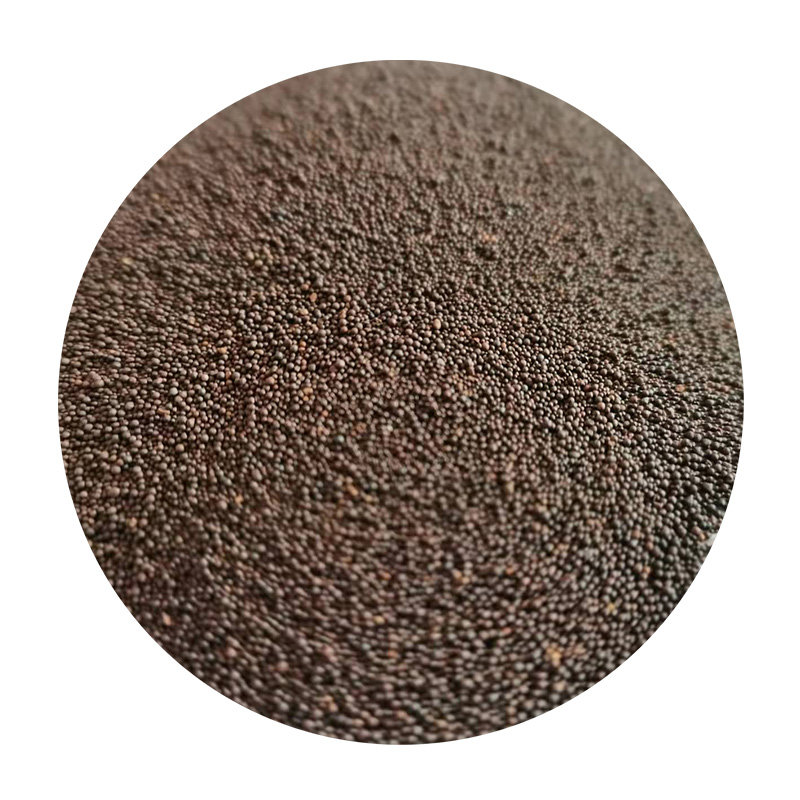Advantages and Disadvantages of Sand Casting Process
Sand casting is one of the most widely used metal casting processes, known for its simplicity and versatility. Despite its popularity, sand casting comes with both advantages and disadvantages that should be considered by manufacturers and engineers.
Advantages of Sand Casting
1. Cost-Effectiveness One of the primary benefits of sand casting is its low cost. Sand is an inexpensive material compared to other casting mediums. Additionally, the process does not require substantial investment in complex equipment, making it financially viable for small-scale operations and prototyping.
2. Versatility Sand casting can accommodate a wide range of metals, including iron, aluminum, and copper alloys. This versatility allows manufacturers to choose the best material for specific applications, enhancing the performance characteristics of the final product.
3. Complex Geometries The sand casting process can produce complex shapes and intricate designs that may be difficult to achieve with other methods. The flexibility of the sand mold allows for detailed features, which is particularly advantageous in custom casting applications.
4. Scalability Sand casting is suitable for producing both single items and large production runs. It can easily adapt to varying production volumes without significant changes to the process, making it an ideal choice for both small and large projects.
advantages and disadvantages of sand casting process

Disadvantages of Sand Casting
1. Surface Finish One of the primary drawbacks of sand casting is the surface finish quality. The rough surface inherent in sand-cast products may require additional machining to meet tighter tolerances and aesthetic standards, adding to production time and cost.
2. Dimensional Accuracy Sand casting may not achieve the same level of dimensional accuracy as other casting methods, such as die casting. This limitation can necessitate post-casting adjustments and lead to inconsistencies in the final product.
3. Porosity The presence of small voids or pores within the cast metal can lead to structural weaknesses. This porosity can be problematic, particularly in applications where mechanical integrity is critical.
4. Environmental Concerns The sand casting process can generate waste and by-products, including spent sand and fumes from molten metal. Responsible waste management and pollution control measures are necessary to mitigate the environmental impact of the process.
In conclusion, while sand casting presents a range of advantages, including cost-effectiveness, versatility, and the ability to create complex shapes, it also comes with disadvantages such as surface finish quality, dimensional accuracy, and environmental concerns. Understanding these factors is essential for manufacturers when selecting the most appropriate casting method for their needs.
Post time:ພ.ຈ. . 19, 2024 10:12
Next:components of sand casting
